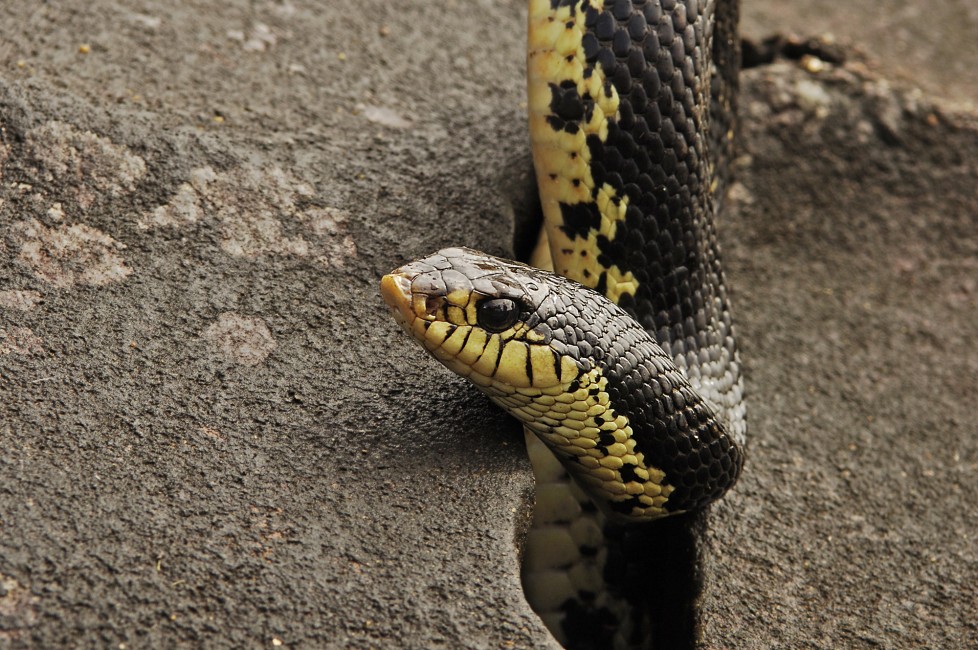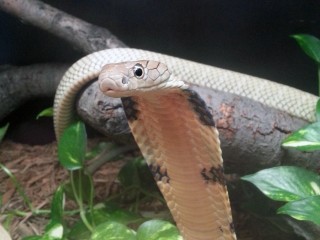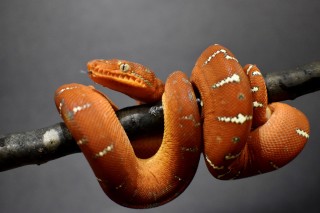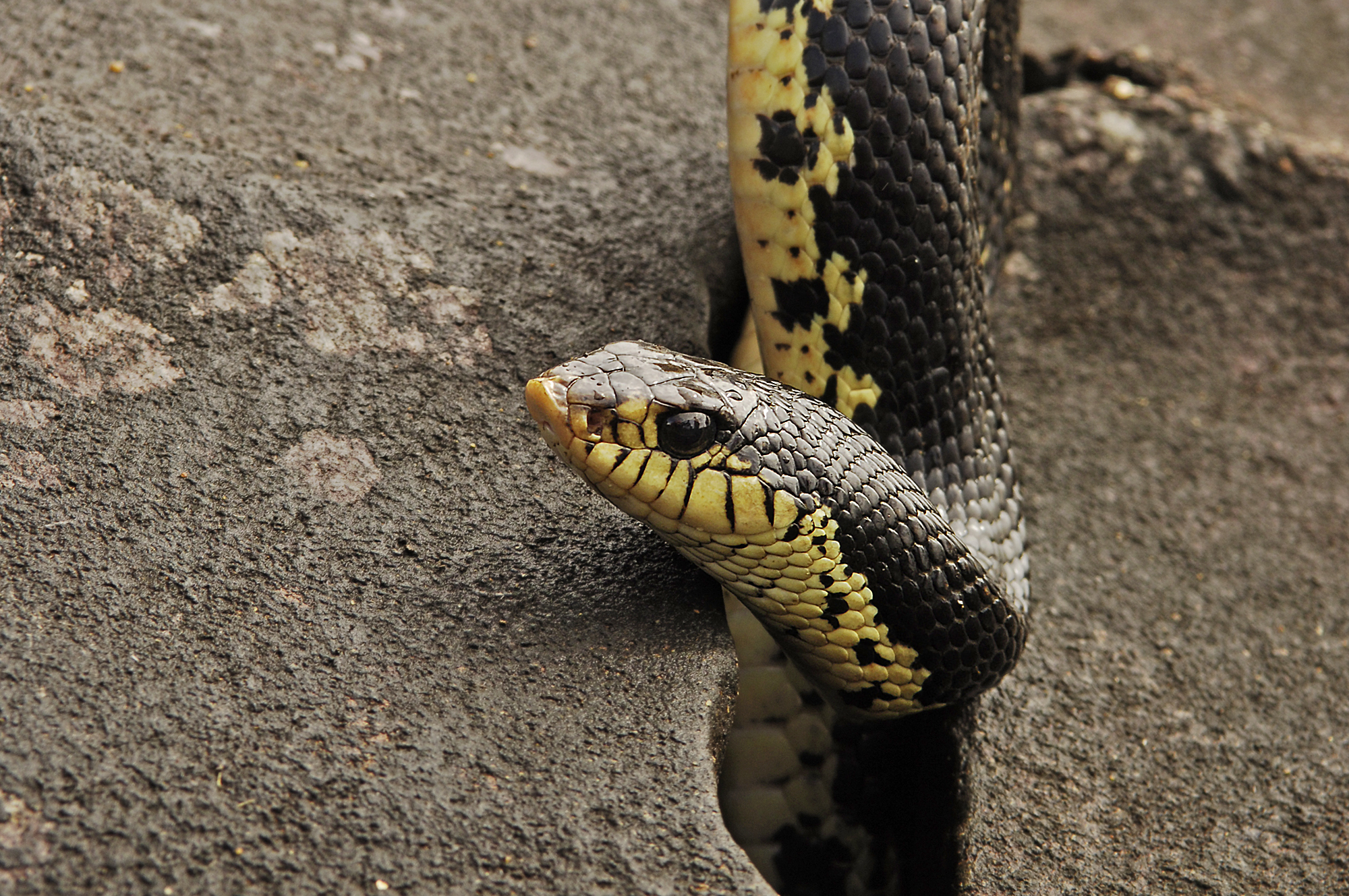
June 6, 2016
Mad About Hognose Snakes
- as seen by -
 Michael Lieto
Michael Lieto
Madagascar is home to unique wildlife found nowhere else. One of these species is the Malagasy giant hognose snake.
These snakes occupy a variety of habitats from dry grasslands to humid forests (above, in Makira Natural Park.) They eat many kinds of vertebrates including rodents, birds, amphibians, and even other reptile eggs. Hognose snakes are easily distinguished by their shovel-like snout that is adapted for burrowing under ground through dry to moist soil.
Interestingly, these snakes are opisthoglyphous or “rear-fanged.” This means their fangs are located towards the back of the mouth, and they must first partially ingest their prey before the injection of venom. Like most rear-fanged snakes, the venom of the Malagasy giant hognose snake is not fatal to humans, though it can cause local pain or swelling for several hours.
Malagasy giant hognose snakes can grow to up to six feet in length and sport a solid black color on their backs with a gorgeous black and yellow belly pattern surrounding their bellies. Despite having the same name, they are unrelated to the hognose snakes in the United States.
You can see these snakes firsthand on exhibit at the Bronx Zoo’s Madagascar! exhibit.
Nikon D2X




Leave a Comment